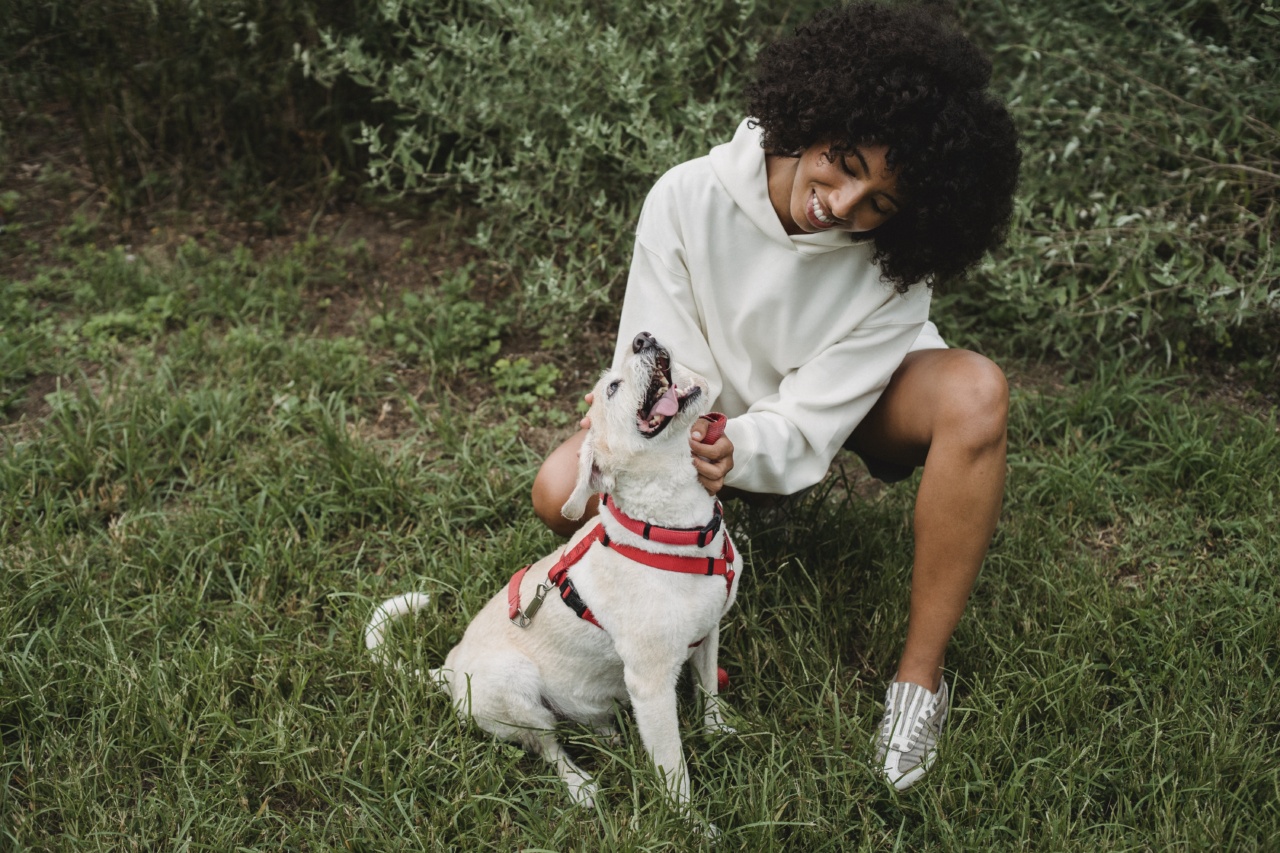Do you have a furry friend that you love to take on long walks, runs, or even bike rides? If so, you probably know the importance of a leash to keep them safe and under control.
But have you ever wondered what it would be like for your dog to experience the world off-leash? In this article, we’ll explore the benefits and precautions of letting your dog run free, and tips for a successful off-leash adventure.
Benefits of letting your dog run off-leash
Firstly, let’s take a look at some of the main benefits of letting your dog run free without a leash:.
1. Exercise and playtime
Off-leash activities provide more opportunities for your dog to run, play fetch, chase, and burn off energy. This can be especially helpful for high-energy breeds that need a lot of exercise to be healthy and happy.
When your dog is off-leash, they are free to explore their environment, which can also stimulate their senses and keep them mentally stimulated.
2. Better socialization
When dogs meet each other on walks while leashed, it can sometimes lead to tension and aggression, even if they’re normally friendly.
However, off-leash play offers an opportunity for dogs to socialize freely and safely, as they can use their natural body language and play signals to communicate. This can improve their social skills and reduce the risk of aggressive behavior on-leash.
3. Improved obedience and training
Off-leash training can be an excellent way to improve your dog’s obedience and response to commands.
When your dog is off-leash, you can work on recall and other obedience exercises, which can help strengthen your bond and improve your dog’s behavior. Additionally, off-leash training can be especially helpful for dogs that struggle with anxiety or who are reactive on-leash, as it takes away the restriction of the leash.
Precautions for off-leash activities
While running free without a leash can be a great experience for dogs, it’s important to understand the risks and take appropriate precautions to keep your pet safe. Here are some guidelines to follow:.
1. Check the local laws
Before taking your dog off-leash on a public trail or park, it’s important to check the local regulations. Many cities and towns require dogs to be on-leash in public areas, and violation of these laws can result in fines or other penalties.
Always check with the local authorities first to ensure that your off-leash activity is legal and permitted.
2. Ensure your dog is healthy and up-to-date on vaccinations
Prior to any off-leash activities, make sure your dog is healthy, up-to-date on all vaccinations and parasite preventatives, and wearing proper identification tags.
Additionally, be sure that your dog is in good physical condition and able to handle the level of exercise involved in off-leash play.
3. Pick the right location
When choosing a location for off-leash play, pick an area that is safe and secure, and free of hazards like busy roads or bodies of water that your dog could accidentally fall into.
Look for designated dog parks or private enclosed areas to minimize risk to your dog.
4. Train your dog to respond to basic commands
Before engaging in off-leash play, make sure your dog understands basic commands like “come,” “stay,” and “leave it.” This will help you keep your dog under control and safe while they’re enjoying the freedom of running off-leash.
Tips for a successful off-leash adventure
Here are some additional tips to help ensure that your off-leash activities go smoothly:.
1. Use positive reinforcement
Whenever your dog responds positively to off-leash commands or direction, make sure to reward them with praise, a treat, or playtime in order to reinforce that their behavior was good.
2. Monitor your dog closely
Keep an eye on your dog’s behavior at all times, especially if they’re playing with other dogs. Watch for signs of aggression, over-excitement, or any other behavioral issues that could pose a risk to your dog or others.
3. Communicate with other dog owners
When letting your dog play with others, it’s important to communicate with other owners and make sure everyone is comfortable with their dogs’ interactions.
Pay attention to their dogs’ body language as well as your own to ensure that play remains safe and enjoyable for all.
4. Finish with a cool down and hydration
After engaging in off-leash activities, make sure to provide your dog with water and allow them to cool down gradually. This will help prevent overheating and dehydration, which can be dangerous during high-energy play activities.



























